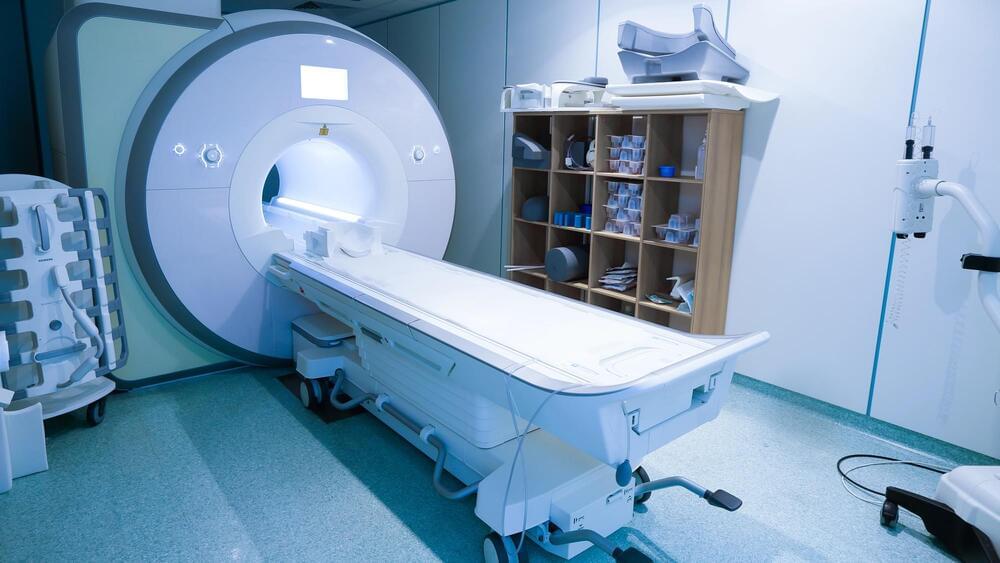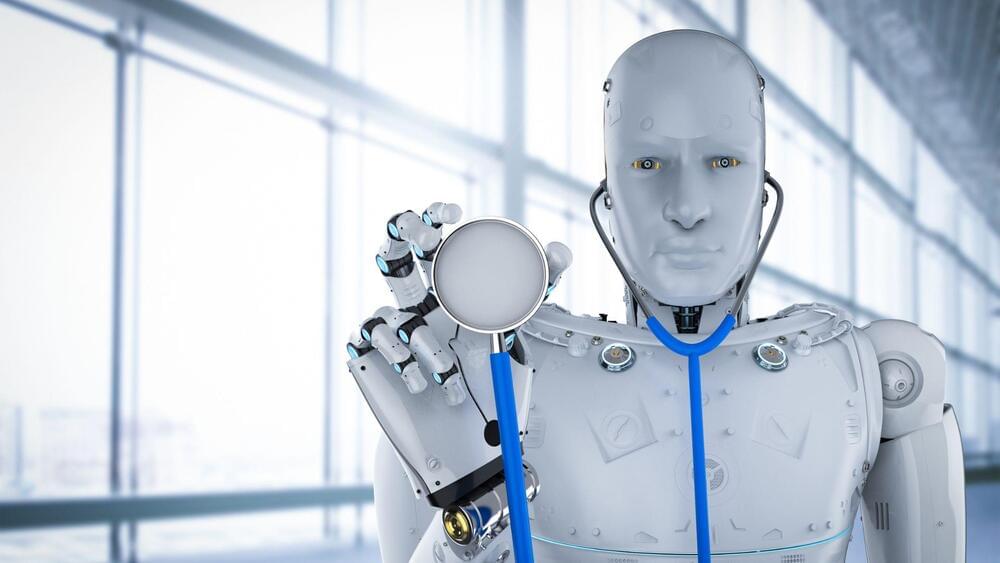NYSOFA is expanding a program that gives robot animals to lonely, older New Yorkers.



The bestselling author of Seven Brief Lessons on Physics introduces the mysteries of time, further explored in his new book, The Order of Time.
Time is a mystery that does not cease to puzzle us. Philosophers, artists and poets have long explored its meaning while scientists have found that its structure is different from the simple idea we have of it. From Einstein to quantum theory and beyond, our understanding of time has been undergoing radical transformations. Time flows at a different speed in different places, the past and the future differ far less than we might think, and the very notion of the present evaporates in the vast universe.
The Order of Time will be available in hardback and in audiobook read by Benedict Cumberbatch on April 26th 2018
Pre-order now: https://amzn.to/2vaq6cw.
View a trailer for the book, featuring Benedict Cumberbatch: • Benedict Cumberbatch on The Order of…
Director: ed fenwick. interviewer: sam voulters
Related channels worth checking out; https://youtu.be/SBx1_V8n-Dg?si=rY8mz2tFxM5V8BkG https://youtu.be/0CSL702JSdY?si=uHv-hc2OSJmpLjlJ
Theoretical physicist known for his work on quantum gravity. He has worked at the Università la Sapienza of Rome, Imperial College London, the University of Pittsburgh and Yale University in the United States. He is a Full Professor at the Aix-Marseille Université in the Centre de Physique, Senior Member of the Institut Universitaire de France, the International Academy of Philosophy of Science, and Honorary Professor at Beijing Normal University. He has dedicated particular attention to the philosophy and history of ancient science and has recently completed a book on the Greek philosopher Anaximander “What is Science?” Mondadori 2011. He collaborates with the Sole 24 Ore and La Repubblica. (www.cpt.univ-mrs.fr/) In the spirit of ideas worth spreading, TEDx is a program of local, self-organized events that bring people together to share a TED-like experience. At a TEDx event, TEDTalks video and live speakers combine to spark deep discussion and connection in a small group. These local, self-organized events are branded TEDx, where x = independently organized TED event. The TED Conference provides general guidance for the TEDx program, but individual TEDx events are self-organized.* (*Subject to certain rules and regulations)
Brighter with Herbert.

China’s first AI hospital, developed by Tsinghua University, features robot doctors capable of treating 3,000 patients daily, vastly outpacing human capacity.
These AI doctors, trained in a simulated environment, can diagnose and treat 10,000 patients in days, a task humans would need two years to…
China debuts an AI hospital town featuring AI doctors caring for virtual patients to advance medical consultation and evolve doctor agents.
This is the short film I made in 2004. I shot it as my final film project at #NYFA. It stars Tom Noonan, Ben Bailey and Gbenga Akinna…
Many people have heard of the BRCA1 and BRCA2 genes because of their association with breast cancer. But scientists have now suggested that many of the genetic variants we are born with, in a variety of different genes, can make a powerful prediction about what type of breast cancer an individual could develop, and what the outcome could be. This study has indicated that random genetic variants that are acquired over a lifetimes are far less important to breast cancer risk compared to those a person is born with; the findings have been published in Science.
“Apart from a few highly penetrant genes that confer significant cancer risk, the role of heredity factors remains poorly understood, and most malignancies are assumed to result from random errors during cell division or bad luck,” said senior study author Christina Curtis, PhD, a Professor at Stanford University. While that would make it seem like random events cause the growth of tumors, this is not what’s been observed. Instead, tumor development is influence by immunity and genetics, said Curtis. “This new result unearths a new class of biomarkers to forecast tumor progression and an entirely new way of understanding breast cancer origins.”